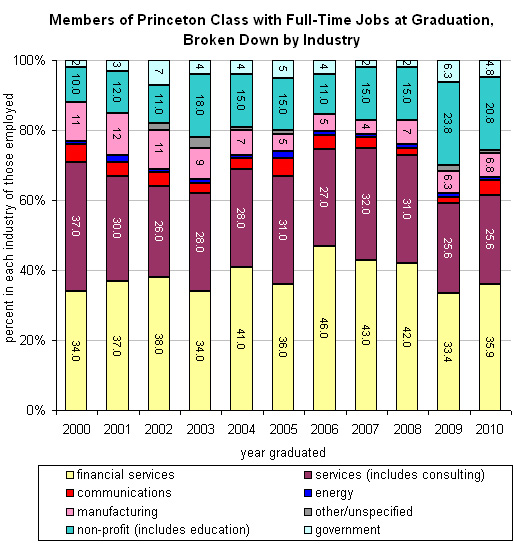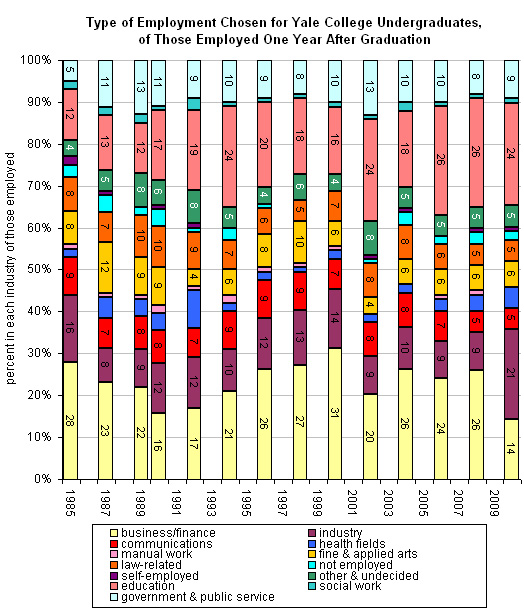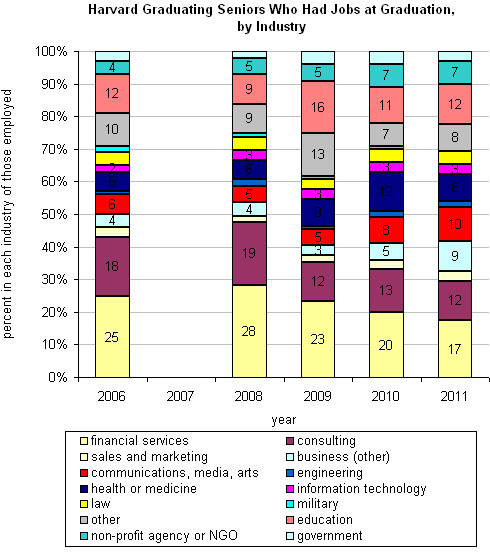Without venture backing and unwilling to ask her family for help, she used money from her day job as a music composer and singer to pay people to create the app, a process she found frustrating.
Then, last summer, after introducing the app in early 2012, she realized she needed to rewrite all the code herself. The only problem was she didn’t know how to do it or have the money to learn.
That was when she stumbled upon a new site called Upstart that pairs investors and people who finished college or graduate school after 2008. The Upstarts, as they are called, are looking for relatively small amounts of money, about $25,000 on average, to finance their idea or even pay off debt.
Ms. Kumar Friesen, whose father is an inventor, wanted to raise $70,000 through Upstart to learn to write code, pay legal bills from an offer she ultimately turned down and push through her patent application.
Last week, I wrote about how parents should think about lending to their children. But for many young adults, parents are not a source of financing. This is where a site like Upstart comes in.
The investors, or backers as they are called, receive a percentage of the young person’s income for 10 years, regardless of whether the idea they backed is successful. If the person is paid less than $30,000 a year, the period extends for a year to a maximum of 15 years. If the person tries to avoid repaying the investment – as opposed to earning too little money – that investment converts into a loan with a staggering annual interest rate of 15 percent.
Dave Girouard, founder and chief executive of Upstart, said that to ensure borrowers do not regret the deal, the amount a person could borrow is limited to 7 percent of future earnings and the payback is capped at five times the loan amount. That limits the upside on the few people who succeed financially.
“People might be paying more than they would on their fixed-rate loan,” Mr. Girouard said. But, he added, the people who have gotten financing so far were comfortable with the possibly of paying back a higher amount than on a loan because it would mean their idea had succeeded.
What I wanted to know was: What did investors want to get out of this and how did they select young people who would agree to give them a percentage of their income for a decade?
Backers on Upstart have to be accredited investors, which means having an annual income greater than $200,000 or a net worth above $1 million. They can invest any amount they want, though their offer has to be accepted. They can also sign on to be a mentor.
For connecting borrowers and lenders, Upstart takes 3 percent of the money young people raise, and 0.5 percent annually of the amount a backer has invested. Mr. Girouard said the company is close to signing an agreement with a student loan processor to act as a backup if Upstart goes out of business and can no longer collect payments owed investors.
David Croson, a professor of entrepreneurship at the Cox School of Business at Southern Methodist University, said he had invested between $100 and $10,000 in about two-dozen young entrepreneurs over the last month through Upstart. He did so after talking to his wife, also a business professor, about how hard it was for young entrepreneurs to get started.
“We were discussing the problem of people who had been relieved of all of their money by educational institutions,” he said. “That doesn’t matter much for people going into traditional professions, but it does for an entrepreneur who has a negative $100,000 net worth.”
He said he does not have high expectations for a return – — about in line with his bond portfolio – — but he was hoping there would be the additional upside of one or two people succeeding wildly. “It’s almost like being on the board of directors of these companies,” he said. “All it takes is for one of these people to succeed for it to work out.”
(Mr. Girouard said he projected about an 8 percent annual return after fees.)

Article source: http://www.nytimes.com/2013/06/08/your-money/upstart-matches-young-people-with-investors.html?partner=rss&emc=rss


